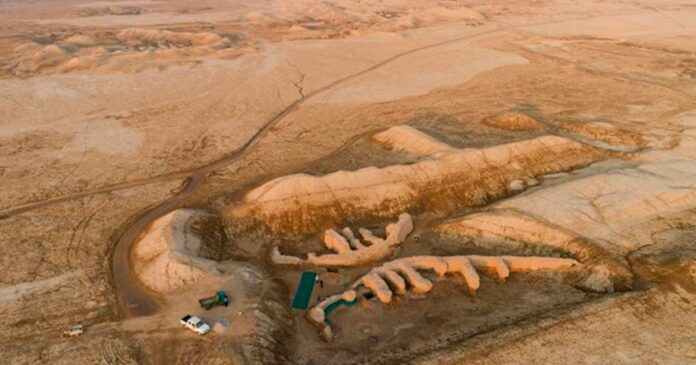Recent archaeological excavations near the modern city of Nasiriyah, in southern Iraq, have shed new light on the advanced technological capabilities of the ancient Sumerian civilization. Drone mappers identified a 19-kilometer (12-mile) long canal, and subsequent excavations unearthed a structure initially believed to be a peculiar temple. However, it has now been revealed that this discovery is an extraordinary “anti-drought machine” built by the ancient Sumerians over 4,000 years ago.
The Ancient City of Girsu and its Historical Significance
Situated near Nasiriyah, the ancient city of Girsu was a significant hub of the Sumerian civilization during the 3rd millennium BC. Dedicated to the god Ningirsu, who represented both war and agriculture, Girsu provides valuable insights into the religious and political history of early Mesopotamian society. Artifacts recovered from the site have offered a glimpse into the cultural practices and beliefs of this ancient civilization.
The Revelation of the “Anti-Drought Machine”
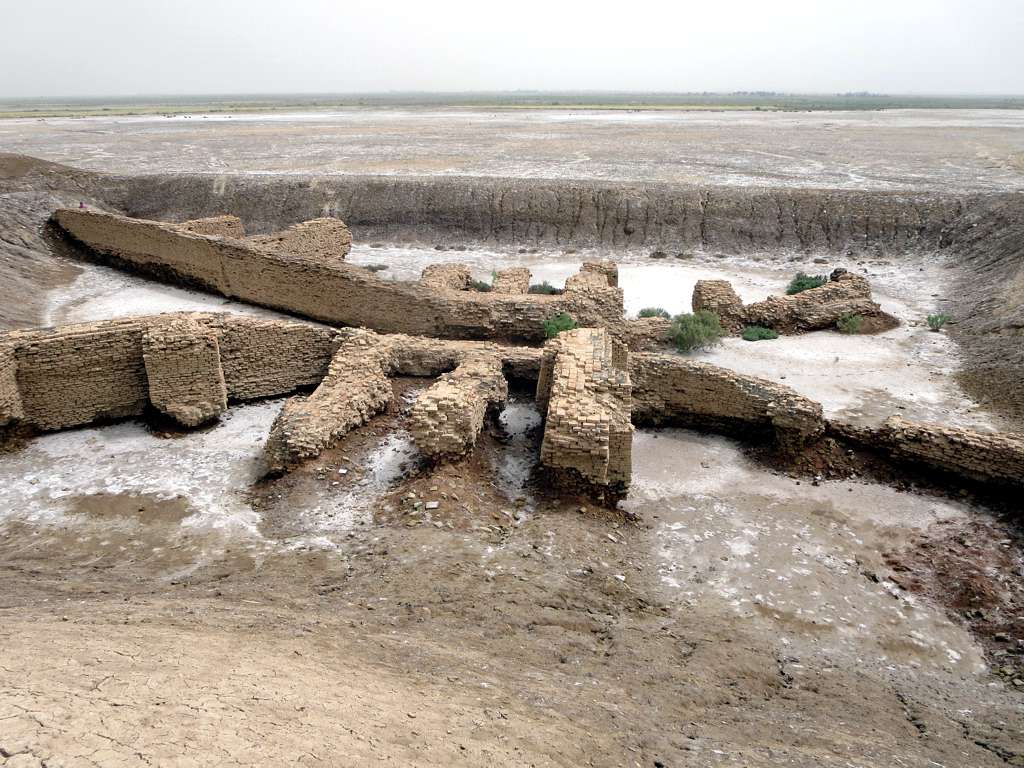
A recent excavation conducted by the British Museum at Girsu has uncovered a mysterious structure that, in the 1920s, was initially identified as an unconventional temple. However, the ongoing research by the museum’s Girsu Project team has revealed that this unique structure served as an innovative “anti-drought machine” predating similar technologies by thousands of years. The British Museum describes it as a “flume” designed to transport water for agricultural purposes over long distances. Astonishingly, no other comparable device has been found in history until the present day, making it truly one-of-a-kind.
The Significance of the “Anti-Drought Machine”
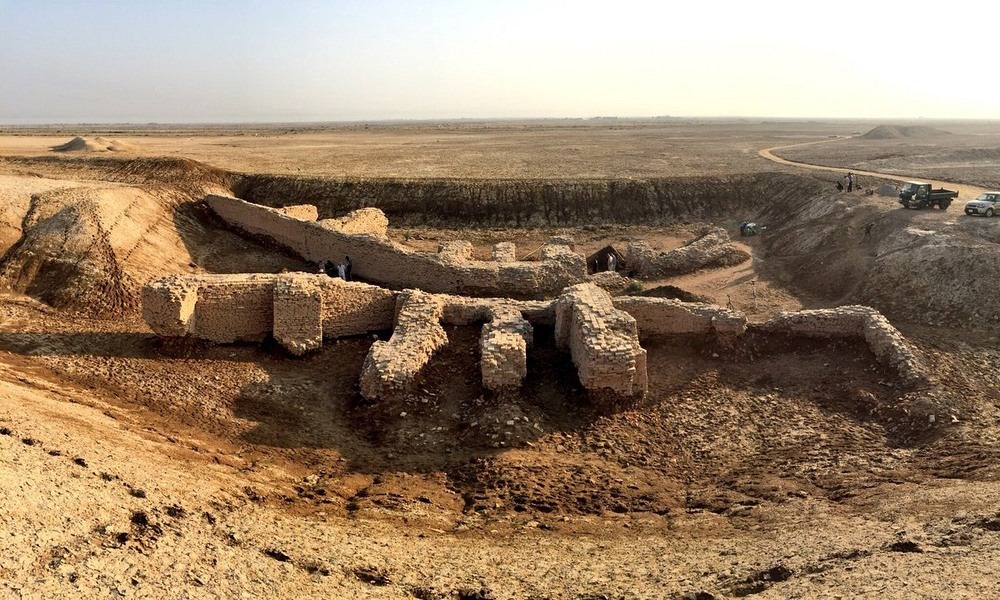
Ebru Torun, an architect and conservationist working with the British Museum team, expressed her surprise that such advanced water management technologies were thought to have emerged much later, around the 18th century AD. The discovery of this ancient “anti-drought machine” highlights the desperate measures taken by the ancient Sumerians to prevent their canals from drying up and avert agricultural devastation.
A Multifunctional Structure
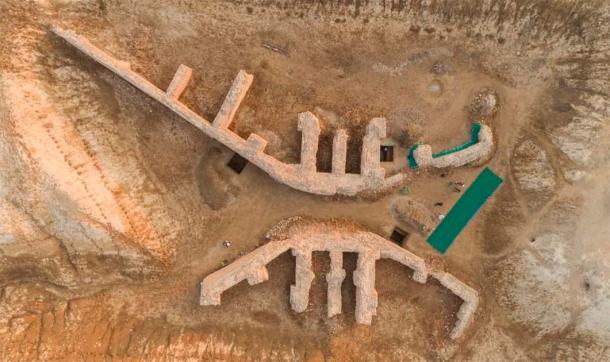
This exceptional device served not only as an anti-drought measure but also as an “anti-collapse bridge” to address the increasing challenges faced by Sumerian society. As the population grew and relied heavily on water for survival, the Sumerians redirected water from the Tigris and Euphrates rivers into canals, wells, and reservoirs.
However, the canals were gradually drying up, leading to a water crisis. The newly discovered structure in Girsu played a crucial role in maintaining the water supply and preventing the collapse of the canals.
The Desperate Bid to Save Themselves
Ancient Sumerian writings describe intricate rituals and offerings dedicated to fertility and water gods, seeking their assistance in ensuring abundant harvests. However, around 2000 BC, the gods ceased responding to these traditional rituals, and the canals and wells began to dry up. In response, the people of Girsu embarked on an innovative endeavor, designing and constructing two symmetrical mud-brick structures.
These structures, measuring 40 meters (130 feet) long, 10 meters (33 feet) wide, and featuring opposing curved channels, were intended to combat the impending agricultural Armageddon.
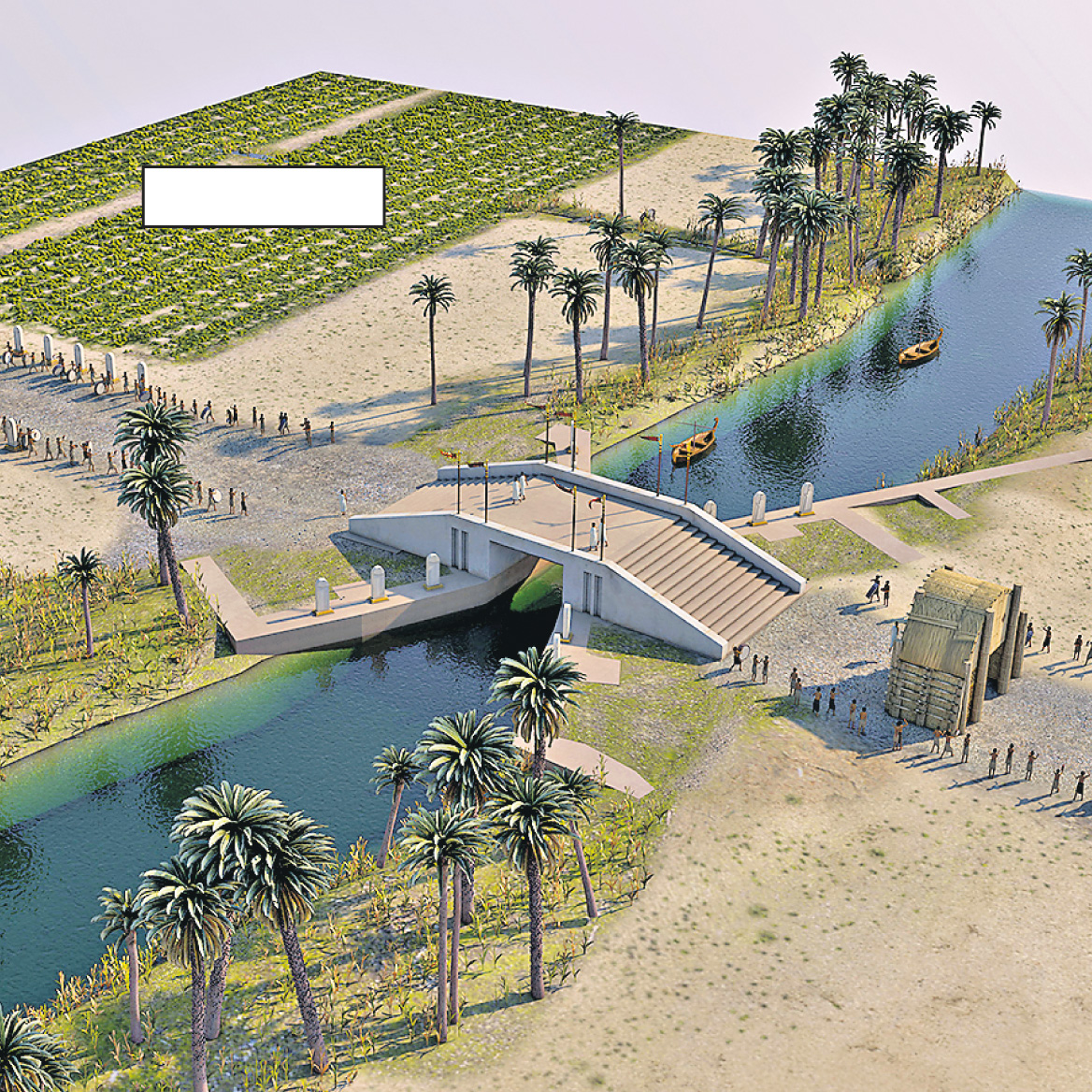
The Oldest Known Bridge and Hydraulic Technology
The recent aerial surveys conducted by the British Museum’s Girsu Project team revealed that this life-saving structure was positioned over a 19-kilometer (12-mile) long canal, making it the world’s oldest known bridge. The device utilized the “Venturi” effect, a phenomenon described by scientists centuries later, to channel water through a 5-meter (13-foot) wide passage. The construction of this flume by the last inhabitants of Girsu demonstrates their determination to supply water to downstream farming regions, including the administrative capital of Lagash, in a final attempt to avert agricultural catastrophe.
The discovery of the ancient Sumerian “anti-drought machine” in Girsu has rewritten the timeline of hydraulic technologies, pushing back their origins by over 4,000 years. This remarkable find showcases the ingenuity and resilience of the Sumerian civilization in the face of environmental challenges and highlights their advanced understanding of water management.
The device’s multifunctionality as both an anti-drought measure and a bridge underscores the significance of water in sustaining early civilizations and the lengths to which ancient societies went to mitigate the adverse effects of changing climates. The Girsu “anti-drought machine” stands as a testament to the innovative spirit of the ancient Sumerians, paving the way for future advancements in hydraulic engineering.
